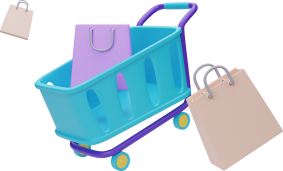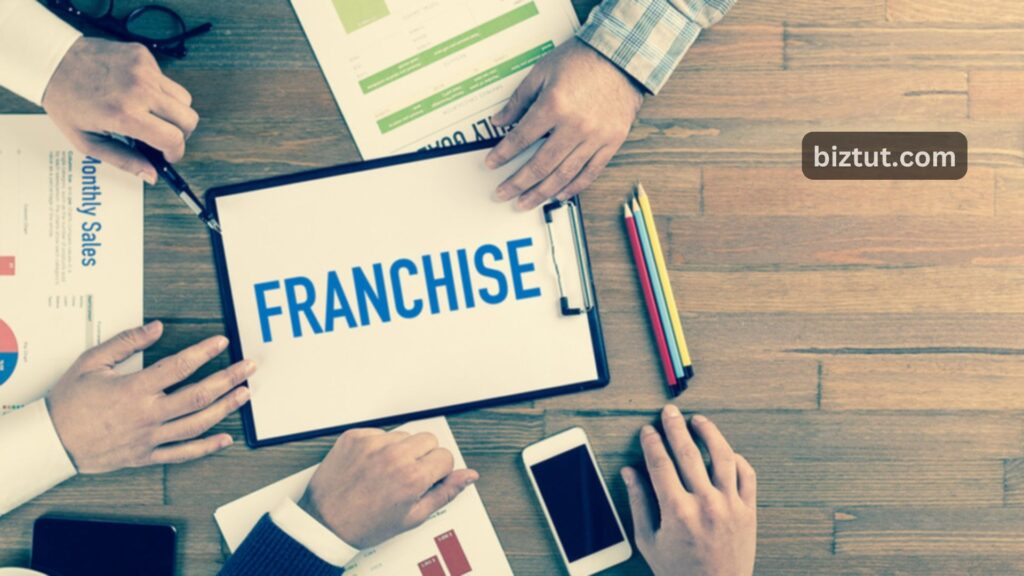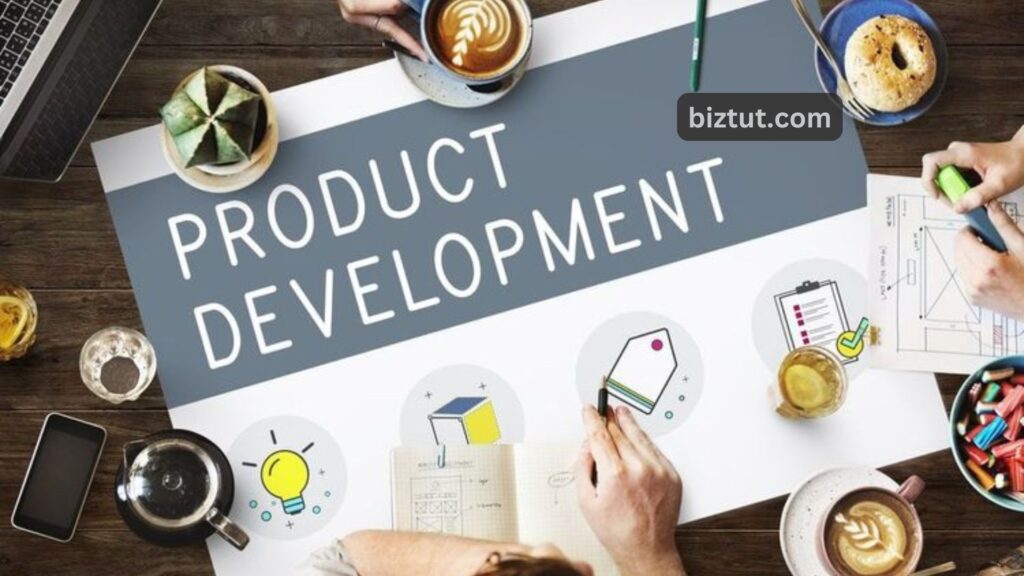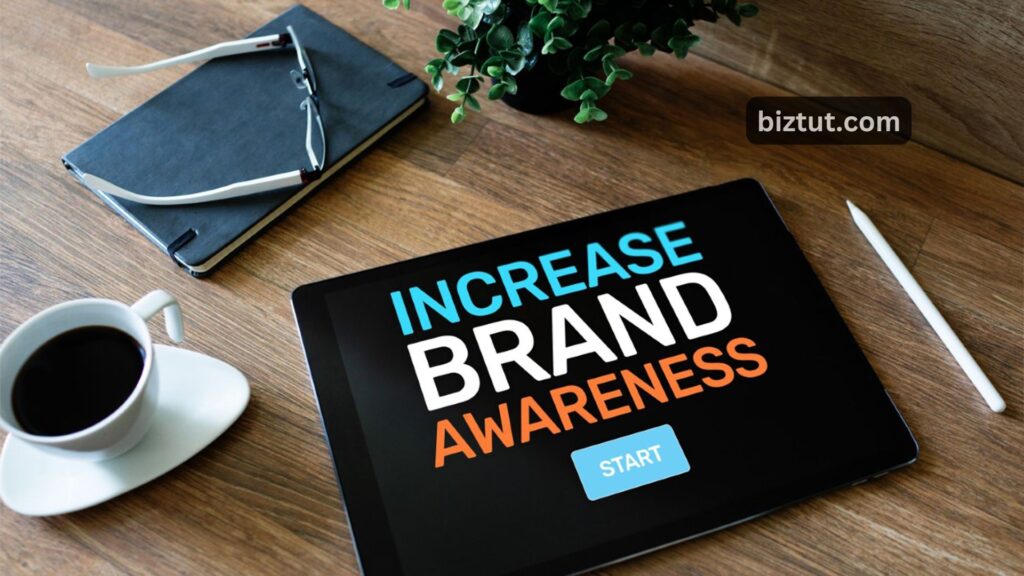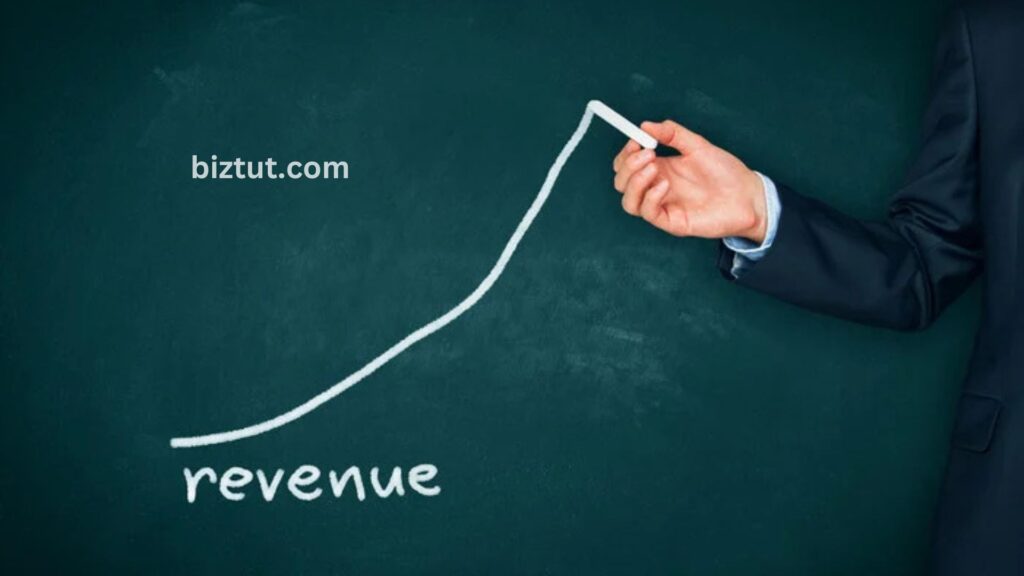You can use social media marketing in many ways to grow your business, whether it’s building your brand or connecting with customers. But whatever your goal is, it’s important to choose the right social media tools that fit your needs.
Picking the best social media marketing tool and learning how to use it effectively can help you maintain a consistent online presence, making it easier to grow your business without breaking the bank. Discover how to leverage social media to reach your revenue goals, attract new customers, and much more!
How to Use Social Media to Grow Your Business
Social media marketing, also known as digital marketing or e-marketing, uses different online platforms to connect business owners and brands with their current and potential customers. It also provides useful data and analytics that help you see if certain products or services are really in demand.
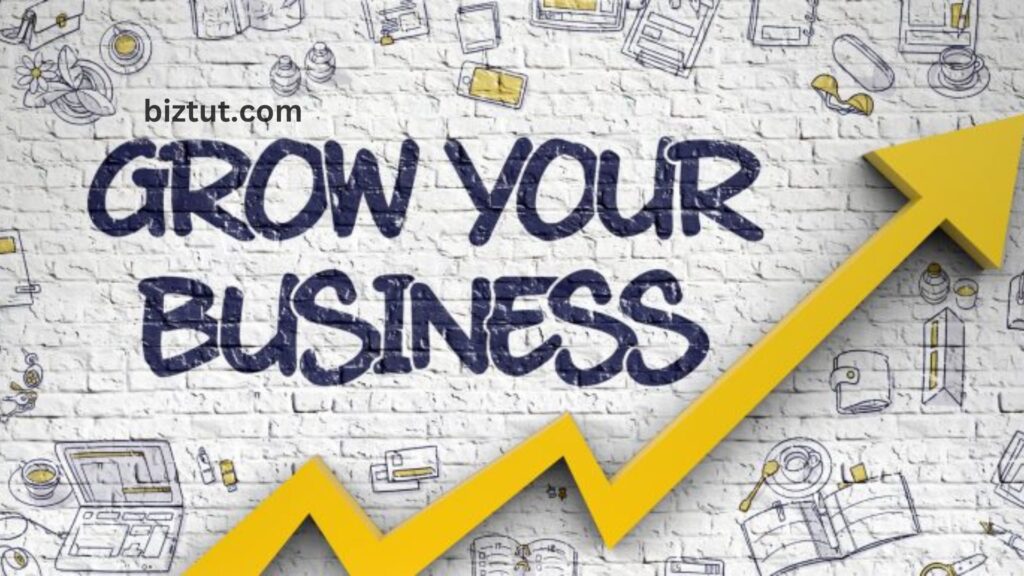
With social media, you can easily share information, learn about your competitors, raise brand awareness, accept online sales, and drive long-term growth. Some platforms even pay for engaging content that keeps users on their site instead of visiting competitors. So, building a strong online presence can pay off in several ways!
You can use social media metrics to gather valuable information, like customer details (such as email addresses and phone numbers), audience engagement (likes, comments, shares, clicks), referrals, and conversions. This feedback helps businesses improve their products and marketing strategies. Plus, you can compare how your brand is doing online and make real-time adjustments as needed.
Business Branding
Social media platforms can reach a huge audience, making them perfect for showing off your products, services, and brand personality. Your brand identity includes the visual elements that express your mission, vision, and values. This can mean the symbols, colors, and unique designs that your business uses consistently over time. The most noticeable part of your brand identity is your logo; it should stand out from competitors and be easily recognized by customers.
Your slogan or mission statement conveys what your company stands for and its core values. While many small business owners might think brand identity is just about packaging, it’s much more than that. It helps customers feel connected to the people behind the business—like the founders, employees, designers, and key spokespeople—and to your company’s main mission.
Social Media Platforms
As of July 2024, there are about 5.17 billion social media users around the world, which is around 63.7% of the global population, according to DataReportal. This number includes a mix of popular platforms that cater to different audiences and marketing strategies.
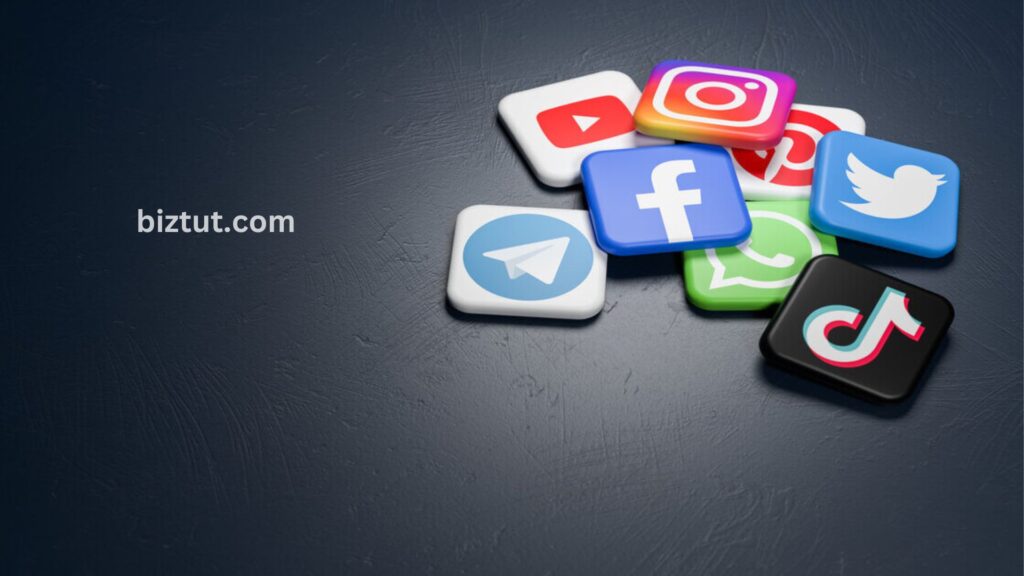
Here are some of the most notable platforms in the United States (though there are many popular ones globally):
- Facebook: Facebook is the most widely used platform, boasting about 3.27 billion monthly active users across all ages. Businesses can benefit by creating pages that automatically share content on Instagram, acting like an online store. Facebook groups also help build a sense of community, allowing people to connect and have conversations.
- X (formerly Twitter): X is great for real-time updates and customer engagement. It’s a platform for sharing quick information, although it recently rebranded under new ownership. Some users have left, while others have upgraded to X Premium, which offers more visibility for a fee.
- TikTok: TikTok started as a platform for fun voiceover videos but is quickly becoming more popular than Instagram for visual content. Despite some worries about data security, many creators love how easy it is to make and share viral videos that boost brand awareness. Many businesses also share their TikToks on Instagram.
- Instagram: Owned by Meta (which also owns Facebook), Instagram is all about sharing photos and videos. It’s perfect for showcasing travel, food, or lifestyle brands.
- LinkedIn: LinkedIn is a professional platform aimed at connecting employees with recruiters and companies. Many businesses find success advertising jobs or creating newsletters that grab media attention here.
- Pinterest: Pinterest is like a photo-focused search engine. It has a strong female audience who uses the platform to create visual shopping lists for crafts, events, and design projects.
- YouTube: YouTube is known for longer videos that go beyond the typical 30-second clips found on TikTok and Instagram. It’s a great place for business owners to share content, from tours and tutorials to staff introductions and webinars, helping attract viewers and customers.

Consistent Posting
Posting regularly is super important for building your online presence. Try creating a content calendar to help you schedule posts for your audience consistently. The algorithms on each platform change all the time, but the more content you share, the more likely these platforms will show your posts to bigger audiences. It often helps to post daily for at least 30 days.
If you’re unsure about what to post, take a look at your competitors’ social media pages. You can learn from what works for them and what doesn’t, which can help you adjust your content to match industry trends and what your audience wants. If you’re a solo entrepreneur, keeping up with this kind of content production and competitor research can feel overwhelming. Consider hiring freelancers for specific projects. You can find community managers, copywriters, graphic designers, filmmakers, and editors at different price points to help you out.
Customer Engagement
Engaging with your customers is more than just posting content. You can connect with your audience directly through comments, likes, shares, and messages. Try using marketing strategies like hosting live videos, running Q&A sessions, and doing giveaways to build a personal connection. This can really help boost your sales! Make sure you respond quickly to comments and messages to show your audience that you’re listening.

Many business owners use chatbots on their Facebook pages to help with customer service and answer common questions. This keeps users engaged on the platform instead of sending them to your email or customer service line. Remember, social media is all about two-way communication, so it’s important to have a plan for responding to comments and questions.
Lead Generation
Social media is a great way to find potential customers who might be interested in what you’re selling. You can grab their attention with unique or informative content and eventually turn them into clients. Plus, social media lets you test ideas with your audience before spending any money on developing new products or services.

For example, you can post images of a prototype to see if people are interested or even start accepting pre-orders. You can also create surveys to ask your current customers what new products they’d like to see and how much they’d be willing to pay. Overall, social media is one of the best tools for businesses of all sizes to connect with new customers and create products that people actually want to buy.
Also Read: 20 Proven Strategies to Boost Revenue
Paid Advertising
While it’s great to get organic reach, many small businesses can really benefit from spending a little money to reach new audiences. Each social media platform offers different paid advertising options, but they generally involve running a campaign that shows your videos or visuals to your target audience. This can help drive traffic to your website or store, leading to more sales. Plus, it can save you from hiring an expensive PR firm or marketing consultant.
For just a few dollars a day, your business could get its services in front of hundreds, or even thousands, of potential customers. You can often choose specific age groups, genders, and locations, so the platform shows your content to the right people. Budgets for paid ads can vary, typically costing between $1 and $50 a day, depending on how many people you want to reach. Most campaigns usually run for about 30 days.



